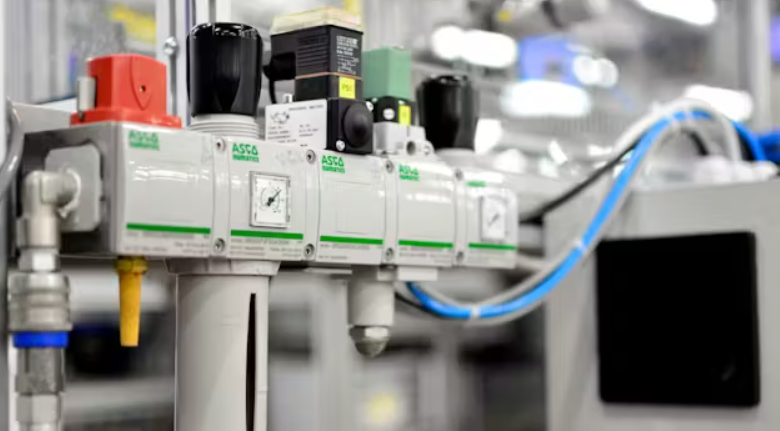Introduction to An Electro Pneumatic Regulator: The Basics You Should Understand

What it is
The electro pneumatic regulator controls air pressure using both electricity and a small valve. Think of it as a smart helper that keeps pressure steady so machines work properly. It responds to an electronic signal and moves the valve to give more or less air. This keeps a machine running properly.
Where you see it
You will find this type of regulator in factories, hospitals, and anywhere where machines need steady air. It also helps paint sprayers, breathing machines, and robot arms. People use this regulator when a smoother pressure is needed for a long time.
See also: Smart Cities: The Role of Technology in Urban Transformation
How it works
- Step 1: First of all, the controller sends an electrical command.
- Step 2: The regulator responds to that command and pushes a small valve in order to adjust the pressure.
- Step 3: The valve then adjusts the airflow to set the pressure to the required level.
The regulator repeats these steps many times per second in order to stay accurate.
Why people choose one
A proportional pressure regulator gives smooth control. That means the change is gentle, not jumpy. An electronic proportional pressure regulator lets a computer tell the regulator exactly how much pressure to keep. Machines then make the same part or mix the same recipe every time.
Main benefits
- Precise results. The electro pneumatic regulator keeps the pressure steady, so machines do the same work over and over.
- Faster setup. A worker can change settings from a panel.
- Less waste. When pressure stays right, materials like paint and glue go on correctly.
- Safer machines. Stable pressure lowers the chance of sudden moves.
- Lower repair time. Smart control often finds small problems before they grow.
Manual versus smart
A manual regulator needs a person to move a knob or screw to change pressure. A smart regulator follows commands from a controller and adjusts itself. This saves time and keeps the result steady. Simple labels and a small guide make future checks fast.
How to pick one
First, know the pressure range you need. Second, check how fast the regulator reacts. Third, make sure the part fits your tube or pipe size. Also, ask if it works with the controller or computer you already have. Look for a simple display and clear labels so anyone can see settings. Calibration is important: a technician sets the correct range before use to make sure the regulator gives accurate readings.
Care tips
- Keep the area clean.
- Dust and water can make parts stick.
- Check connections so wires and tubes do not leak.
- Replace filters when the maker says so.
- Test settings after any repair so the machine behaves as before.
Quick checklist before use
Power off and close the air supply. Check that the wires plug in tightly. Make sure the valve and fittings match your system. Turn the power on and watch the pressure settle to the set value slowly.
Safety notes
- Turn off the power and air before you touch the device.
- Ask a trained person to install or fix it.
- Follow the maker’s instructions every time.
Wrap-up
This electro pneumatic regulator makes the machine pressure steady and easy to control. It uses electric signals and a small valve to do a big job quietly. For everyday tasks that repeat, it supports better teamwork between humans and machines.



